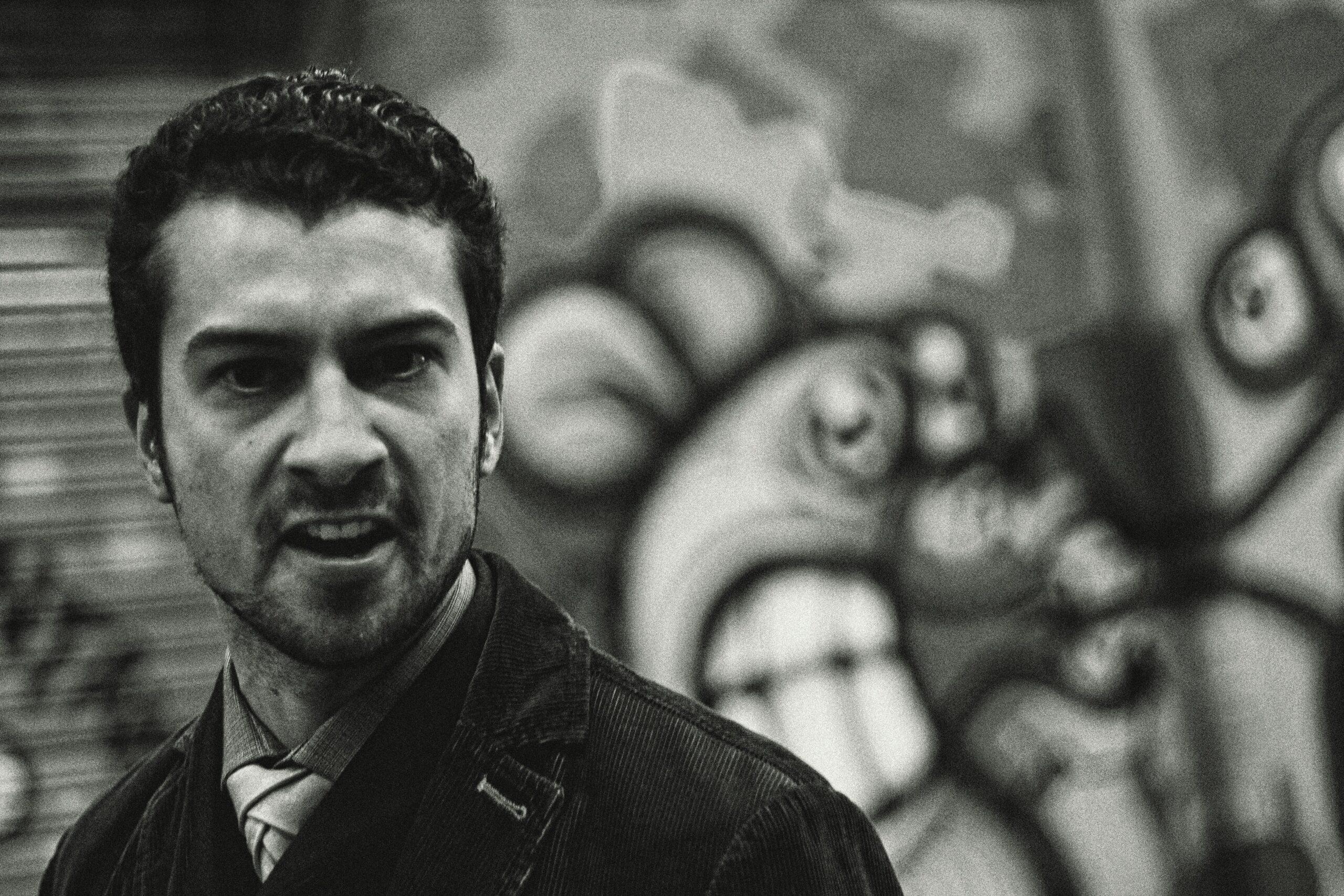5 Myths and Facts About Alcohol Detox
When you think about alcohol detox, you probably picture some sort of movie dramatization-dreaming of people in agonizing pain because of rigorous withdrawal symptoms in cold, darkened rooms with no sense of hope for a recovery process. Ring a bell? Well, that is far from the truth, at least regarding alcohol detox in Akron, Ohio. Detoxification is a major milestone toward becoming sober, and it is also highly misunderstood.
Skypoint Recovery is here to set the record straight. For those who struggle with addiction to alcohol, it’s terrifyingly easy to become overwhelmed by fear, doubt, and misinformation. We’re committed to smoothing out this journey by helping you understand what detox truly is. So, let us debunk some common myths about alcohol detox and share with you some facts that could change your life:
Myth #1: Detox Is Dangerous and Should Never Be Done
People are very afraid of detox because they universally think that it’s dangerous. Well, the idea of going through withdrawal without medical supervision is kind of intimidating-and rightfully so. But here is the thing: medically supervised detox is safe, but it’s also designed to make these processes more comfortable.
Skypoint Recovery’s alcohol detox processes are based on Medication-Assisted Treatment approaches using only FDA-approved medications. In this course, medications decrease the signs and symptoms of withdrawal to more tolerable levels, thus minimizing discomfort and the chances of serious complications. The patient is closely monitored by our team 24/7 to make the process safe for all phases of detox.
Detox is not “toughing it out” alone; it means taking that brave step with the right help.
Fact #1: Medically Managed Detox Is Both Safer and More Possible
When done under professional supervision, detox can be a safe and manageable process. It is our belief that the medically supervised detox program we offer provides clients with the best opportunity to have a seamless transition into their sober lives. We know withdrawal can be intimidating-symptoms like tremors, anxiety, and nausea might make you feel like giving up before you’ve even started.
And here is the fact: MAT can alleviate such symptoms, thereby making the entire process a whole lot more tolerable. Moreover, our compassionate team will anticipate any medical needs you might need during this process so you’re never alone. Be it alcohol detox or dual diagnosis rehab, we’ll begin careful, considered planning for the finest care tailored to your unique needs.
Myth #2: Detox Is Only Something Severe Alcoholics Need
Here’s a myth that keeps many people from seeking help-you don’t have to detox unless you’re severely addicted to alcohol. That is not only false but also may be dangerous. Alcohol withdrawal symptoms can necessitate medical attention even in the case of moderate drinkers who have become dependent on the substance.
Withdrawal isn’t just uncomfortable-it can be lethal. Seizures or DTs may occur in those drinking on a regular basis, even when this secular population wouldn’t classify themselves as “severe alcoholics.”
Fact #2: Detox Has Been Used to Assist People in Multiple Phases of Addiction
Whether you are a casual drinker, a social one, a heavy user, or an addict, if your body has become dependent, detox is vitally important, no matter where you fall within the spectrum of alcohol use. Whether you’re a heavy drinker or you have been drinking moderately for years, Skypoint Recovery’s tailored programs meet you where you are. We offer individualized care with the understanding that recovery for everyone is different. Whether you require medications for alcohol detox or a more holistic approach, we have you covered.
Myth #3: Recovery Is All About Detoxification
If only it were that easy. Some people think that once they are through with detox, they are done. They actually envision themselves walking out of the facility and back into their lives, no longer being addicted. Detox is a necessary step, but it’s merely the first in a long procession. The hard part? Trying to stay sober.
Fact #3: Detoxification Is Only the First Step Toward a More Comprehensive Recovery Program
At Skypoint Recovery, we are very aware that detoxing is the door to a sober life, but much more is required for recovery to be long-lasting. Our detox programs don’t just stop at detox. We safely guide you through the alcohol detox timeline and take it a step further by offering several services that will help rebuild your life, including PHP, IOP, and personalized rehab for men. We also provide dual diagnosis treatment to help clients address the deep-seated mental health conditions that promote addiction.
Let me take the real story of one of our clients, Sarah. After undergoing our alcohol detox program, it was clear that for Sarah, the journey was not even halfway done. Her addiction to alcohol was just a sign of deeper issues of trauma and anxiety.
Not only had she learned to kick her addiction, but through us, she regained control of her mental health and rebuilt her relationships with her family through both holistic and clinical treatments. That’s the power of comprehensive care, and it’s what makes Skypoint Recovery different.
Myth #4: You’ll Be Judged or Shamed in Detox
Shame can be one of the most powerful obstacles to seeking help, as many have reported their fear of moral judgment about addiction. fully understand that feeling, as alcoholism is often stigmatized and makes people feel alienated or unworthy of help.
Fact #4: Compassionate, Judgment-Free Care Is Our Priority
Skypoint Recovery treats addiction as it is: a multifaceted disease. Our staff will not judge you; we are here to help. We understand the deep-seated fears and emotional pain points that so often come along with addiction, so we make sure our approach is compassionate. You deserve to be treated with kindness and respect every step of your journey.
We are proud to serve the Akron, Ohio community. Addiction does not discriminate in any type of setting. Regardless of your background or how long you have been battling addiction, we are prepared to provide a recovery reboot.
Myth #5: Alcohol Detox Centers Are All the Same
Many believe detox centers have the same level of care, which can be a colossal mistake when one is trying to get help. Not all are prepared to offer just that kind of holistic, Mata supported, and personalized care that can only be effective in the long run.
Fact #5: Skypoint Recovery Offers Something Different Yet Personalized – A Holistic Perspective
What sets Skypoint Recovery apart? It is in our mix of clinical expertise and holistic care. We do not merely treat the physical parts of addiction but rather help you heal on an emotional, mental, and spiritual level. Our individualized care plans are tailored to help many diverse needs of each client because we truly believe that everyone deserves his or her own path to recovery.
From the very first moment of contact, we have one focus in mind: to make you feel supported, heard, and cared for. Whether it’s medically supervised detox, dual diagnosis care, or relapse prevention strategies, we fit our services around you-not the other way.
Taking the First Step
Now that we have separated fact from myth, it is time to take action. Are you or your loved one looking for alcohol detox in Akron, Ohio? Well stop waiting. Skypoint Recovery is here to offer a helping hand in taking back your life and starting your journey to recovery.
Call us today at 855-747-4673 or fill out our confidential form to learn more about how we can become a partner to you in detox and beyond. You can recover—and it begins with the right support.











